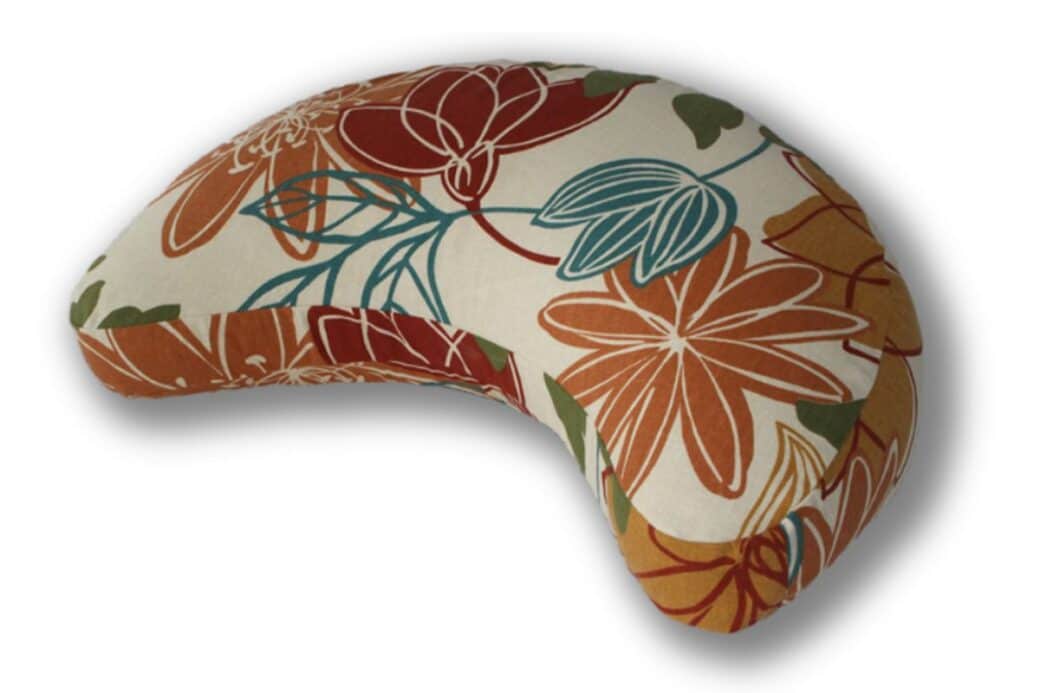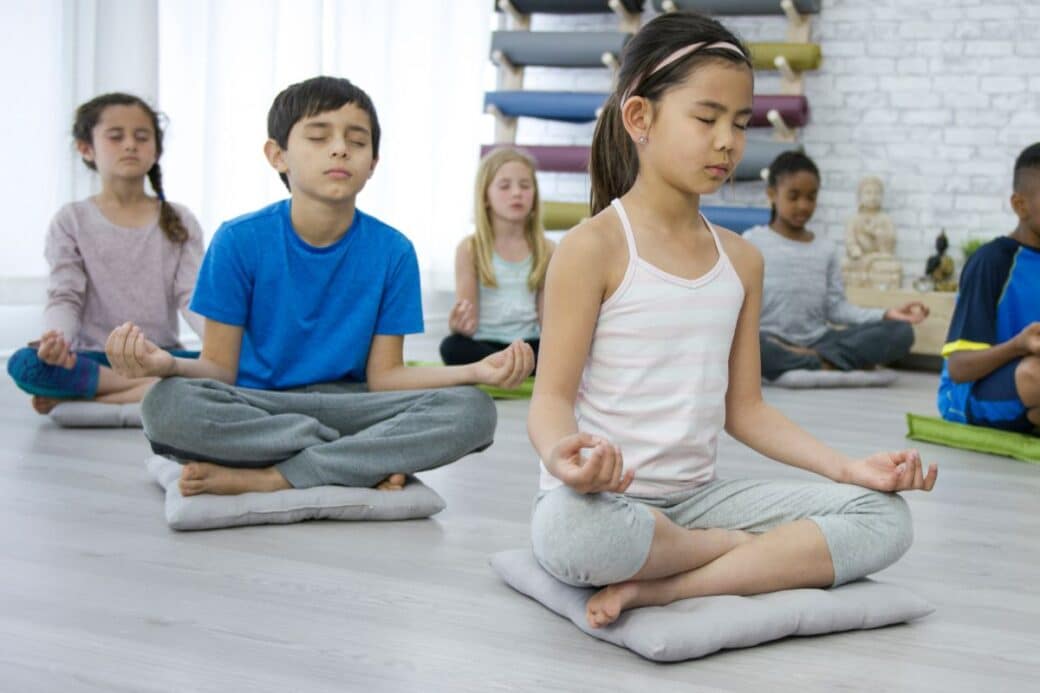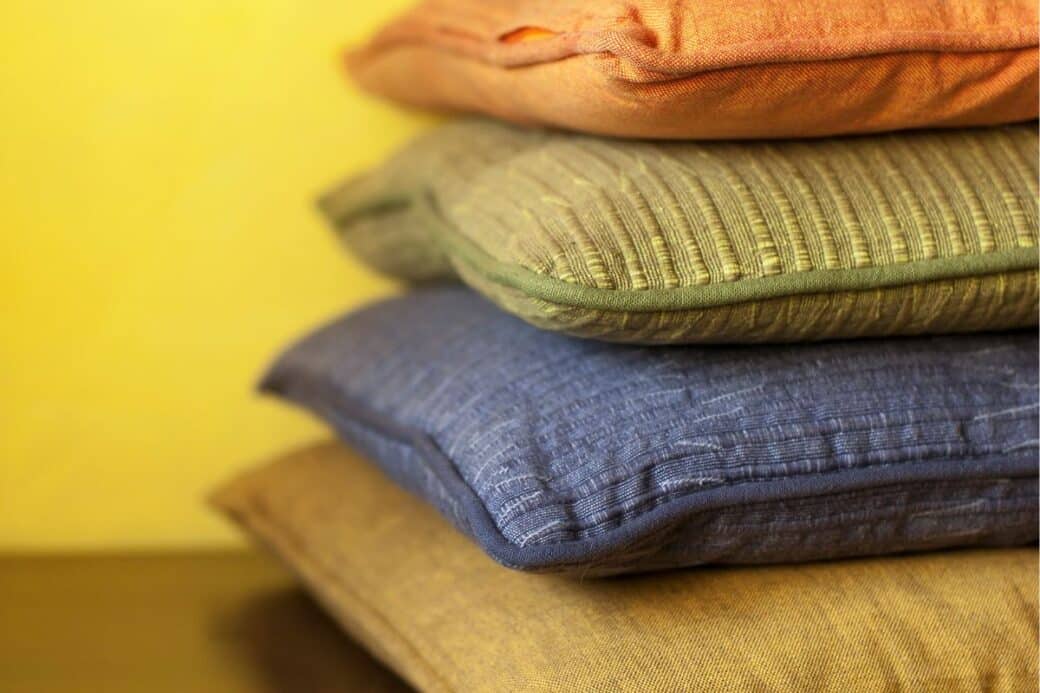Are you looking to enhance your meditation practice with a touch of tranquility and comfort? Look no further than the “Create Serenity: crescent meditation cushion pattern.” This delightful pattern allows you to create your own crescent-shaped meditation cushion, designed specifically to support your body as you seek inner peace and harmony. Immerse yourself in a world of serenity as you embark on this creative journey that will not only enhance your meditation sessions but also bring a sense of calm and relaxation to your space. Get ready to embrace the art of mindfulness with the “Create Serenity: Crescent Meditation Cushion Pattern.”

Crescent Meditation Cushion Pattern: The Essence of the Crescent Meditation Cushion
The crescent cushion plays a crucial role in enhancing our meditation practice, providing both comfort and support. Meditation is a profound practice that allows us to connect with our inner selves, find peace, and create serenity in our lives. The crescent cushion, with its unique design, helps to ensure that we maintain proper posture and alignment during our meditation sessions, enabling us to delve deeper into our practice.
The Role of the Crescent Cushion in Meditation
The crescent cushion is specifically designed to support the natural curves of our bodies, promoting optimal alignment of the spine and pelvis. Its curved shape allows us to sit with a straight and relaxed posture, which is essential for deepening our meditation and sustaining focus. By cradling our hips and providing a supportive base, the crescent cushion alleviates pressure on the knees and ankles, making our meditation sessions more comfortable and enjoyable.

Crescent Cushion versus Other Meditation Cushion Styles
While there are many styles of meditation cushions available, the crescent cushion offers unique benefits that set it apart from the rest. Unlike traditional zafu or zabuton cushions, which provide a flat surface, the crescent cushion supports the natural curvature of the body, encouraging proper spinal alignment. This ensures that we can sit comfortably for extended periods without experiencing discomfort or distraction.
Materials Needed for the Crescent Meditation Cushion Pattern
When making a crescent meditation cushion, choosing high-quality, sustainable fabrics is essential. Organic cotton, hemp, or linen are excellent choices as they are not only durable but also eco-friendly. These fabrics are gentle on the skin, allowing for a more enjoyable meditation experience.
Additionally, the filling material used within the cushion is of utmost importance. Natural fibers such as buckwheat hulls or kapok are ideal as they provide excellent support and conform to the body’s shape. These materials are also hypoallergenic, making them suitable for individuals with sensitivities.
In terms of sewing materials, you will need a sewing machine, thread, pins, scissors, and a measuring tape. These tools, along with your chosen fabric and filling material, will enable you to create a meditation cushion that meets your needs and preferences.
Size and Proportions in Crescent Cushion Design
The ideal dimensions of a crescent cushion are crucial for ensuring both comfort and support during meditation. A cushion that is too small may not provide adequate support for the hips and spine, while one that is too large may hinder proper alignment. It is essential to strike the right balance when determining the size of your cushion.
Understanding how cushion size affects posture is vital. A cushion that is too high or too low can throw off the natural alignment of the spine, causing discomfort and potential strain. By customizing the size of your cushion to fit your individual needs, you can ensure optimal support and alignment throughout your meditation practice.
Sewing the Cushion Cover
Creating the pattern for your cushion cover is the first step in sewing your crescent cushion. By following a template or tutorial, you can easily create a pattern that matches the desired dimensions of your cushion. Taking accurate measurements and using a sturdy fabric will contribute to a well-fitting and durable cover.
When it comes to sewing techniques, using a straight stitch or a reinforced zigzag stitch is recommended for enhanced durability. Taking the time to reinforce stress points, such as corners and seams, will ensure that your cushion cover withstands regular use.
It is also important to consider whether you want to add a zipper or closure to your cushion cover. While a zipper allows for easy removal and washing of the cover, a closure such as Velcro or buttons may provide a cleaner and more seamless appearance.
Constructing the Inner Cushion
Creating the pattern for your inner cushion involves mirroring the pattern of your cushion cover. This ensures that your cushion fits snugly and securely within the cover. Taking careful measurements and using the same fabric and sewing techniques as the cover will result in a cohesive and well-made inner cushion.
When sewing the inner cushion, be sure to reinforce all seams and stress points. This will help maintain the overall structure and durability of your cushion, ensuring it provides optimal support during meditation.
Choosing the right filler material for your inner cushion is crucial. Buckwheat hulls and kapok are popular choices due to their ability to conform to the body’s shape while offering solid support. Selecting the appropriate filler for your cushion will contribute to its comfort and longevity.
Finishing Touches for Your Cushion
Creating a polished and finished product involves taking the extra steps to add personal design touches. Consider adding decorative elements such as embroidery or fabric appliques to make your cushion unique and reflective of your style.
To maintain the integrity of your cushion over time, regular cleaning is essential. Depending on the fabric used, spot cleaning with a gentle detergent or hand washing may be suitable. Avoid overloading your washing machine, as this can cause excessive strain on the cushion’s structure.
The Benefits of Making Your Own Meditation Cushion
Making your own meditation cushion offers numerous benefits beyond the satisfaction of creating something with your own hands. By crafting your cushion, you establish a personal connection to your meditation practice. This connection can deepen your sense of mindfulness and intention as you engage with your cushion during your meditation sessions.
The cost benefits of a DIY approach are also worth considering. Purchasing a high-quality meditation cushion can be costly, but making your own can be significantly more affordable. By choosing sustainable materials and investing your time and effort into creating your cushion, you save money and have a unique and personalized product.
Customizing your meditation cushion allows you to tailor it to your specific comfort and design preferences. You have the freedom to choose the fabric, size, and filler material that best suits your needs. This level of customization ensures that your cushion supports your body and reflects your personal style.
Novice Sewing Tips for Success
If you are a novice at sewing, it is important to ease into more complex sewing techniques gradually. Start with simpler projects to build your skills and confidence before tackling the creation of a crescent meditation cushion. Practice basic stitches and techniques to ensure that you have a good foundation before moving on to more intricate sewing patterns.
Taking diligent measurements is crucial when sewing any project, but particularly when creating a crescent cushion. Accuracy is key in achieving the proper fit and structure of your cushion. Invest in a quality measuring tape and take your time to ensure precision when measuring your fabric and pattern pieces.
If you find yourself struggling with any step in the process, do not hesitate to seek help or consult tutorials. The beauty of the internet is that there is a wealth of resources and communities available to support and guide you through your sewing journey. Utilize these resources to troubleshoot any challenges you encounter along the way.
Meditation Tips to Accompany Your Cushion
Having a comfortable and supportive crescent cushion is only part of the equation for a successful meditation practice. To enhance your sessions, it is important to find the best position using your cushion. Experiment with different sitting postures, such as cross-legged, kneeling, or half-lotus, to discover what feels most comfortable and supportive for your body.
Breathing techniques can also enhance tranquility during meditation. Focusing on deep, slow breaths can help calm the mind and deepen your sense of relaxation and presence. Experiment with different breathing techniques, such as counting inhalations and exhalations or incorporating gentle pauses, to find what works best for you.
Lastly, sustaining a regular meditation practice is key to reaping the profound benefits it offers. By committing to a consistent meditation routine, even if it is just a few minutes each day, you build a foundation of mindfulness and self-awareness. Your crescent cushion becomes a cherished tool in this journey, supporting you in finding peace and serenity within.
Troubleshooting Common Crescent Cushion Challenges
Adjusting the firmness of your cushion may be necessary if you find it too soft or too firm for your liking. If your cushion feels too soft, adding more filling material can provide additional support. Conversely, if the cushion feels too firm, removing some filling can create a softer and more comfortable sitting surface. It is important to find the right balance of firmness that suits your body and preferences.
Over time, the seams of your cushion may wear down or even break, especially if it is used frequently. Repairing broken seams or damages promptly will ensure that your cushion maintains its integrity and longevity. Reinforcing weak areas and using strong thread during repairs can help prevent future damage.
As the filling material within your cushion is used, it may start to compress and lose its original volume. Refreshing or replacing the cushion filler periodically is recommended to maintain optimal support and comfort. By refreshing the filler or replacing it entirely, you can extend the life of your cushion and continue to enjoy its benefits for years to come.
In conclusion, the crescent meditation cushion is a vital accessory for enhancing your meditation practice. Through understanding its design, choosing high-quality materials, and employing proper sewing techniques, you can create a cushion that provides unparalleled comfort and support. By personalizing your cushion and accompanying it with meditation tips, you create a sacred space for tranquility and self-discovery. Embrace the journey of making your own meditation cushion, and may it inspire and enrich your meditation practice in ways you never imagined possible.




